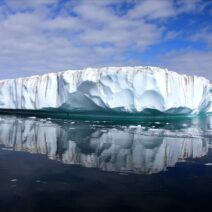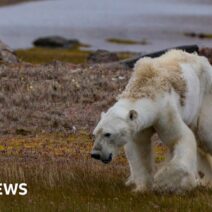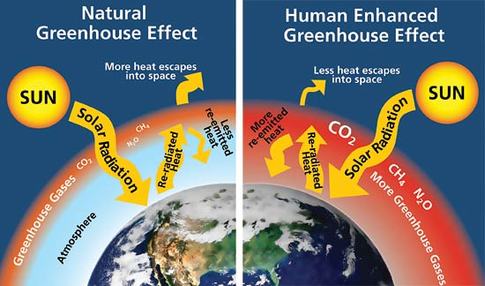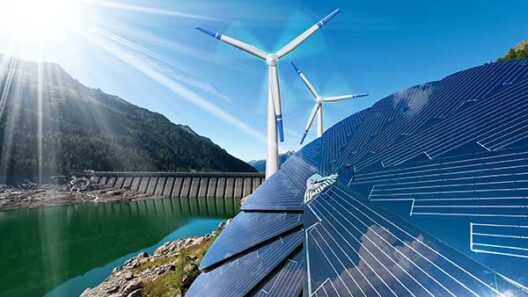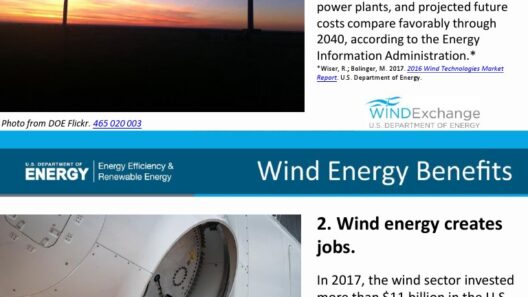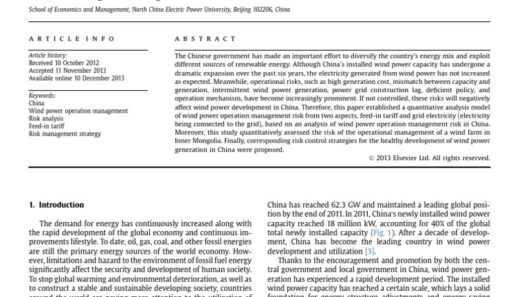Have you ever stood atop a hill, feeling the refreshing gusts of wind whip through your hair? This natural phenomenon not only invigorates our senses but also offers a vital resource that can be harnessed for energy. The sun’s rays are not the only force of nature that can be converted into usable power. In fact, wind power stands as one of the most promising renewable energy sources available today. But how exactly do we transform the invisible currents of wind into electricity? This article delves into the intriguing process of converting wind into energy and poses a challenge to rethink our reliance on traditional fossil fuels.
Wind power is a remarkable synthesis of nature’s energy and human innovation. The mechanisms we deploy to gather wind energy may seem complex at first, but they can be broken down into digestible components. Let’s explore the essentials of this green technology.
Understanding Wind Energy
At its core, wind energy is derived from the atmospheric movement caused by the uneven heating of the Earth’s surface by the sun. As areas heat up, risen air creates low-pressure zones, causing cooler air to rush in, generating wind. The kinetic energy of this moving air can be captured and converted into mechanical energy using wind turbines. These turbines are often constructed on land or offshore in expansive wind farms, strategically positioned to exploit areas with consistent and strong wind flows, thus maximizing efficiency.
It’s astounding to consider that just one wind turbine can produce enough electricity to power thousands of homes. As we contemplate the future of energy, understanding how wind turbines operate becomes essential. Their unique designs facilitate an intricate dance between nature and technology, transforming unseen energy into tangible power.
How Wind Turbines Work
So, what’s the secret behind these towering structures we see scattered across the countryside? The operation of a wind turbine involves several key components working in harmony. Most prominently, the rotor, which consists of blades that harness the wind’s energy, is central to the turbine’s functionality. When the wind blows, it moves the blades, causing the rotor to spin. This mechanical energy is then transferred to the generator housed within the turbine. Here, the rotational energy is converted into electrical energy through electromagnetic induction.
The intricate control systems in modern turbines also play a pivotal role. Equipped with sensors and computers, these systems constantly assess wind speeds and direction. This data enables the turbine to adjust its pitch and yaw, optimizing energy capture and ensuring safe operation even during high wind conditions. The brilliance of engineering truly shines through in these components, designed to withstand the rigors of nature while efficiently generating power.
As you move closer to the base of a wind turbine, you might admire its gargantuan size. However, this scale raises a thought-provoking question: can we adequately meet our energy demands without compromising the natural landscapes we cherish? While wind energy is a clean alternative to fossil fuels, it is imperative to consider where we place these structures and how they may impact local ecosystems.
The Benefits of Wind Energy
The advantages of harnessing wind energy are countless, but they extend beyond mere electricity generation. Wind power is inherently sustainable; it contributes to significant reductions in greenhouse gas emissions, thereby mitigating climate change repercussions. Furthermore, when we embrace wind energy, we bolster local economies by creating jobs in turbine manufacturing, installation, and maintenance. The prospect of energy independence also looms large. By diversifying our energy sources, we reduce our reliance on foreign oil and stimulate domestic energy markets.
Moreover, wind energy offers a highly scalable solution. From small residential turbines serving individual homes to vast wind farms capable of powering entire cities, this flexibility allows communities to adapt energy solutions to fit their unique demands. Despite these overwhelming positives, challenges still persist that must be addressed to fully integrate wind energy into our energy portfolios.
Challenges and Considerations
As we champion wind energy, we must also confront the obstacles it presents. One prominent challenge is the intermittent nature of wind. Unlike the sun, which shines consistently, winds can fluctuate dramatically. This variability necessitates robust energy storage solutions or the integration of wind systems within a diverse energy grid to stabilize supply. Effective management of these fluctuations is crucial to prevent power shortages that may arise during calm periods.
Another challenge lies in public perception. Though wind energy is increasingly accepted, misgivings regarding noise pollution, visual impact, and potential hazards to wildlife, such as bird and bat mortality, often hinder development. Engaging communities, addressing these concerns, and emphasizing the comparative benefits of wind energy over conventional fossil fuels can help bridge the gap.
As we consider the future of our energy landscape, it is essential to confront the question of sustainability with conviction. Wind energy offers a feasible solution, but it demands our collective effort in research, development, and community engagement. Can we rise to the challenge and balance our quest for progress with our responsibility to the environment? Embracing wind energy may just be the pivotal step we need to take for a more sustainable and cleaner future.
In essence, the basics of converting wind into usable power are straightforward yet profound, reflecting a harmonious balance between technology and nature. By investing in wind energy, we not only harness the power of the elements but also commit to protecting our planet for generations to come. Watching the blades of a wind turbine gracefully whirl can inspire a deeper appreciation for the intricate connection between our energy needs and the world around us.

